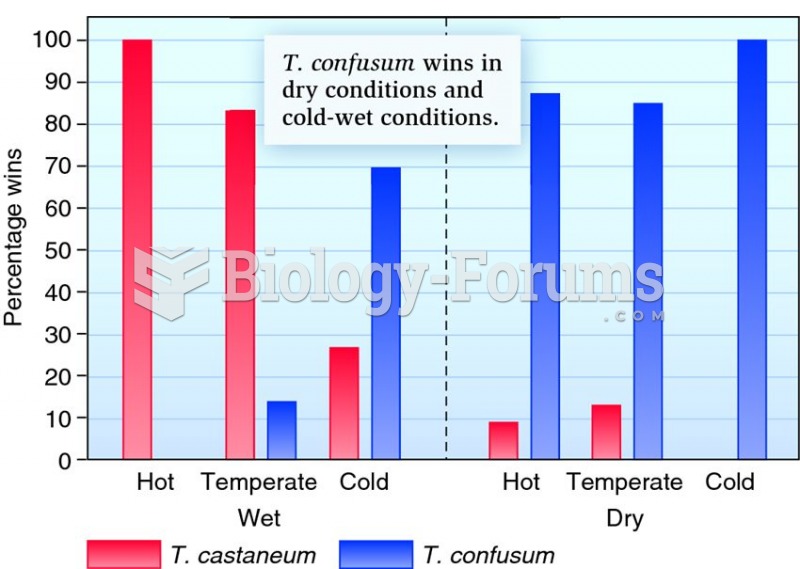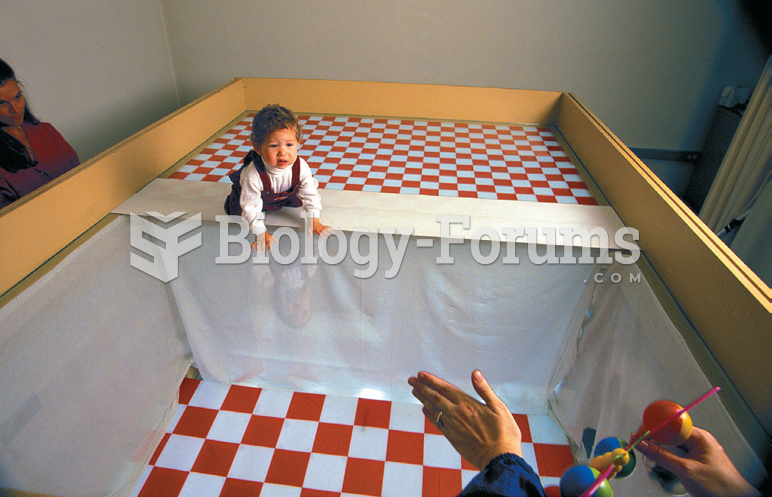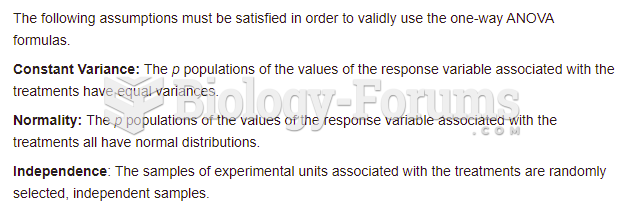Answer to Question 1
The variety of the merchandise mix refers to the number of different merchandise lines a retailer chooses to stock in its store.
Breadth, also called assortment, refers to the number of brands that are found in a single merchandise line. The breadth might change with time.
Merchandise depth refers to the average number of stock-keeping units (SKUs) within each brand of the merchandise line. Depth is an acute problem today because all too often retailers are constrained in the number of SKUs they can carry by specific constraining factors.
Merchandise mix decisions are a blend of financial plans that consider the retailer's dollar and turnover constraints, the store's space constraints, and the constraints caused by the actions of competitors.
Dollar-Merchandise Constraints: There seldom will be enough dollars to emphasize variety, breadth, and depth simultaneously. Some retailers try to overcome this dollar constraint by shifting the expense of carrying inventory back on the vendor. When a retailer buys a product on consignment, the vendor retains the ownership of the goods, usually establishes the selling price, and is paid only when the goods are sold. Pay from scan helps reduce risk for seasonal products. Manufacturers usually pass along a higher initial cost to the retailer to cover the returns. It's a trade-off that retailers must make product by product or category by category: higher initial margin or less risk. Another approach the retailer might try to get is extra dating (EX), where the vendor allows the retailer some extra time before paying for the goods.
Space Constraints: If depth or breadth is wanted, then space is needed. If variety is to be stressed, then it is also important to have enough empty space to separate the distinct merchandise lines. Most retailers have operation guides that tell how much space should be between each fixture, rack, display, and so forth. They also have to decide how tall they want their fixtures to be. Retailers have been able to turn this space constraint into an advantage by charging manufacturers slotting fees to carry their products.
Merchandise-Turnover Constraints: As the depth of the merchandise is increased, the retailer will be stocking more and more variations of the product to serve smaller and smaller segments. Consequently, inventory turnover will deteriorate and the chances of being out of stock will increase. One does not have to minimize variety, breadth, and depth to maximize turnover, but one must know how various merchandise mixes will affect inventory turnover.
Market Constraints: The three dimensions of variety, breadth, and depth have a profound effect on how the consumer perceives the store and consequently on the customers that the store will attract. The constraining factors make it almost impossible for a retailer to emphasize all three dimensions. However, greater product selection does not necessarily mean that the consumer will get more enjoyment from the shopping experience. Some consumers may even be more satisfied with smaller selection. This is important for retailers using the category management system as category management, in its effort to increase profits, typically reduces the number of SKUs as it seeks to increase inventory turnover.
If you are going to lose customers, you should seek to lose the less-profitable ones by properly mixing your merchandise in terms of variety, breadth, and depth within the dollar, space, turnover, and market constraints.
Answer to Question 2
A







